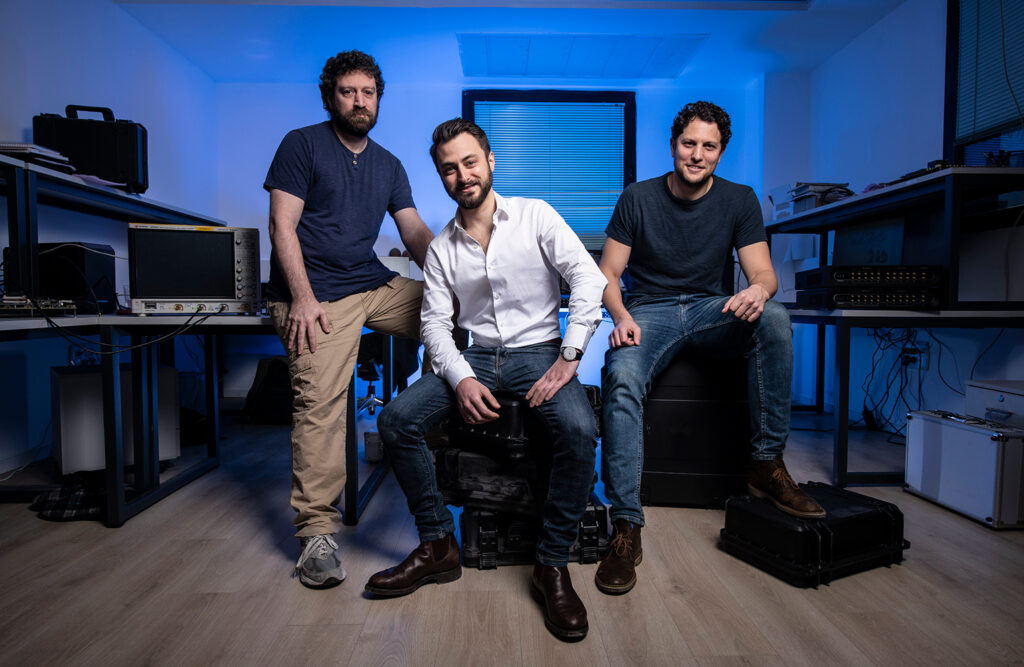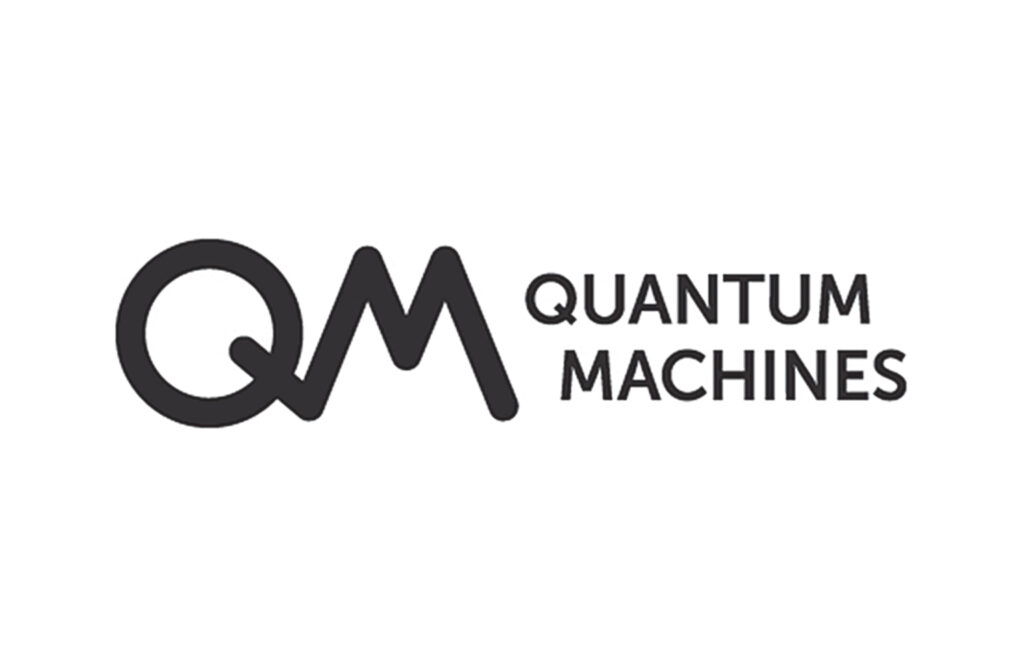
MatrixSpace: Creating Safer Places
Advancement in the use of AI sensing technology has seen tremendous growth over the last 10 years. The autonomous vehicles we see in trials around our cities, next-generation robotics that take on more and more complex tasks, delivery drones that can bring medical supplies to clinics and healthcare monitoring solutions that augment clinical practitioners are a few examples.
But there are still major limitations in what machines can see, what insights they can derive, and how long they take to deliver those insights.
Take for example the $49 billion physical security and safety industry[1]. Relying primarily on video, these systems lack depth and motion data as well as long-range resolution, they also struggle in darkness and bad weather conditions, and connectivity between sensors is often lacking. These issues conspire to make the systems less effective due to missed incidences or false positives, which take costly time and human intervention to resolve. We’ve validated these challenges in discussions with Tier 1 equipment and services providers in developing our investment thesis in AI Sensing.
Intel Capital’s view is that the next step-function in AI sensing will be driven by diverse multi-sensor approaches combined with AI insights, edge processing and high-speed connectivity. Together these elements allow AI sensing solutions to obtain better data, improve the accuracy of insights through sensor fusion and deliver those insights fast enough to make a difference. Intel Capital also advocates for the responsible use of data and AI in general.
With this thesis already in mind, I was thrilled to reconnect with Greg Waters, CEO of MatrixSpace, recently. I first met Greg when I led Intel Capital’s investment in Sand 9 where Greg was an independent board member. Our recent coffee meeting was meant to be a fun catch-up conversation, and it was more fun than expected as I happily left the coffee shop seeing a great fit for us with MatrixSpace’s Series A round. Mark Lydon, a colleague in the Frontier domain in Intel Capital, jumped in to partner on the deal, we closed the deal in less than four weeks, and today we are excited to announce our investment in MatrixSpace’s $10M Series A.
Greg is a highly successful executive in radio communications and semiconductors. Previously he was CEO of IDT, which he sold to Renesas in 2019, and prior to that an SVP at Skyworks –it’s no surprise he’d built a great start-up in MatrixSpace.
MatrixSpace’s solution starts with a mmWave radar. It delivers 2-3 km range with very good resolution at low cost, and it’s the size and weight of a smartphone. The 3D and velocity/doppler data from radar creates a super-rich data set that’s available for algorithms to use. This data, when fused with 2D camera video, becomes even richer. And because it’s tiny, it can go almost anywhere. CRO Lori DeMatteis tells stories about the reactions from customers when she pulls their sophisticated high spec’d radar out of her purse in meetings.
Another key component of MatrixSpace’s solution is low latency mesh network technology which allows each sensor to collaborate by sending data from multiple sensors to edge-located compute systems, which combines with the data to further improve accuracy and results. It’s like having multiple “eyes” on the same area or object and allowing them to talk about what they’re seeing at the same time. When multiple sensors can collaborate, the sensor vantage points become more diverse, the field of vision becomes wider and the resolution becomes better.
A third area of innovation is software. MatrixSpace is developing software to align and contextualize the data from sensors in different locations, and apply AI Sensing algorithms for detection and classification purposes.
These elements of the solution are based on standard components that are greatly enhanced with MatrixSpace’s software. MatrixSpace is able to compete at a fraction of the cost with advanced radar systems that use exotic materials and proprietary components.
To put the benefits in perspective, MatrixSpace’s system could confirm rail track clearance far enough ahead to help stop a train in time to avoid a collision. It could help keep the perimeter of large scale water supply plants safe even at night and in bad weather conditions. Airports could monitor aircraft, vehicle, and people movement for safety and security close to, and on, the ground. Warehouse complexes can keep inventory safe and check inbound or outbound vehicles.
MatrixSpace is founded by an impressive multi-disciplinary team. Dan Nobbe, who runs Radar and RF systems and is an inventor of 50+ patents, developed major innovations for the cell phone industry at Motorola and Peregrine. Matt Kling who runs intelligent systems has 20+ years of experience in systems research and development at Raytheon and Northeastern University. Nihar Nanda brings experience in developing and applying AI/ML from Parallel Wireless and EMC, and CRO Lori DeMatteis brings experience selling into a variety of aviation and industrial segments from Iris Automation, Oracle, Honeywell and others.
We are looking forward to supporting this team on their journey to create safer places.
[1] Markets and Markets, August ’22




